-
Natural Resources Department
Director of Natural Resources : Charlie Hunsicker
We take great pride in offering a vast array of programs and activities throughout Manatee County, which promote our mission of health for the community and environment.
More Information
Advisory Board
Environmental Lands Management and Acquisition Advisory Committee (ELMAC)
Divisions
-
Ecological & Marine Resources Division
Natural Resource’s Ecological and Marine Resources (EMR) Team consists of three groups: Ecological Resources, Marine Resources, and Mitigation.
More Information -
Education and Volunteer Division
Education & Volunteer Division Manager : Aedan Stockdale
The Education & Volunteer Division of Natural Resources oversees programs designed to connect people with nature through hands-on, educational experiences.More Information -
Environmental Protection Division
The Environmental Protection Division is dedicated to safeguarding Manatee County’s air, surface and groundwater resources and natural areas for the benefit of those living and visiting the Gulf coast of Florida.More Information
Manatee County Preserves
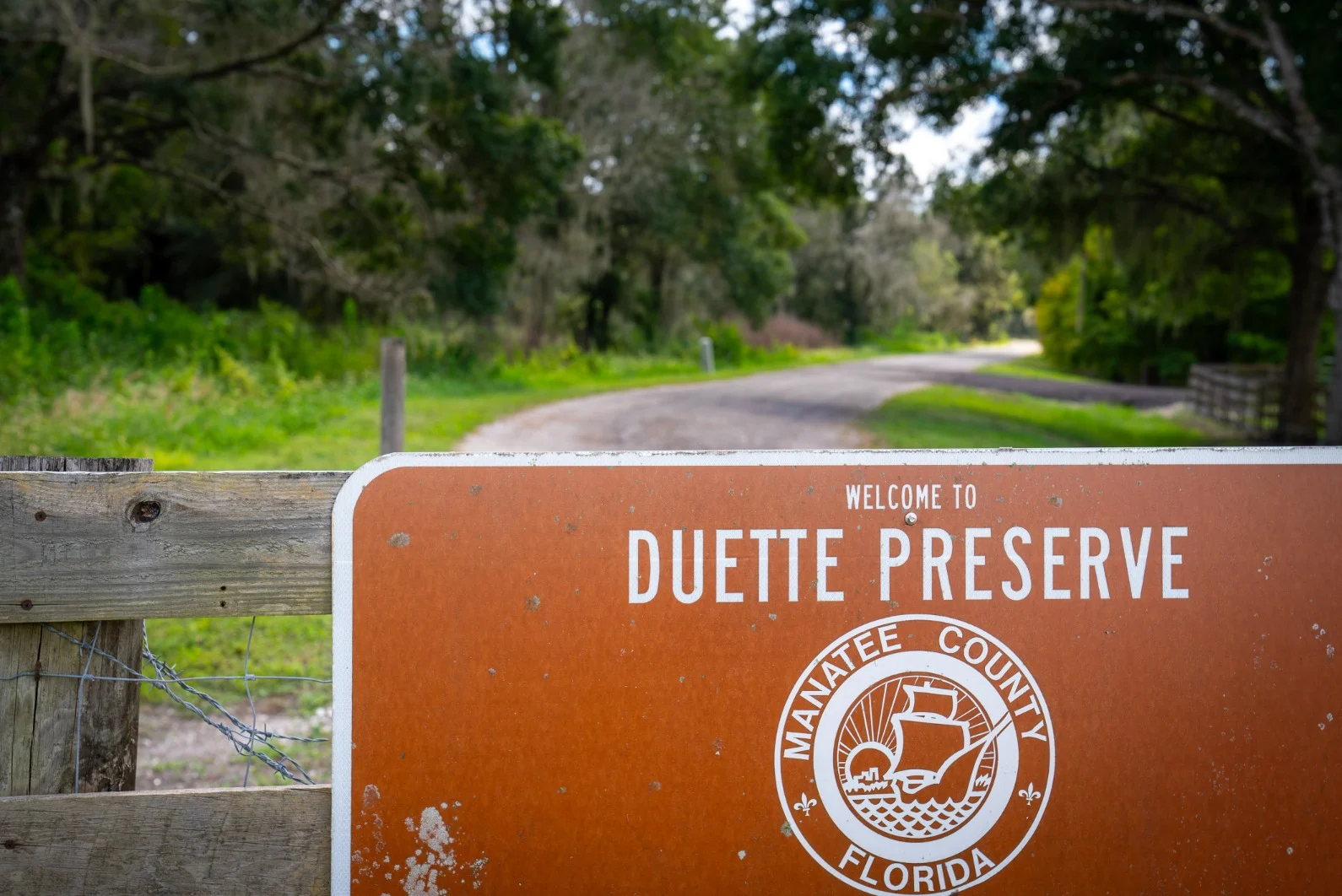
Duette Preserve
At over 21,000 acres, the Duette Preserve is the largest Preserve in Manatee County.
2649 Rawls Rd, Duette, Florida 34219
Outside of hunt weekends, Duette Preserve's walk-through gates are open daily from sunrise to sunset to pedestrian, bicycle and equestrian traffic.
When Duette Preserve is closed on hunt weekends, please feel free to visit any of our other Preserves located throughout Manatee County.
To enter Duette Preserve by vehicle, you must visit during office hours.
• Hours: Saturdays, 11:30 a.m. - 2:30 p.m.
• Fee: $4.67 per vehicle, plus tax
Details
When Duette Preserve is closed on hunt weekends, please feel free to visit any of our other Preserves located throughout Manatee County.
To enter Duette Preserve by vehicle, you must visit during office hours.
• Hours: Saturdays, 11:30 a.m. - 2:30 p.m.
• Fee: $4.67 per vehicle, plus tax
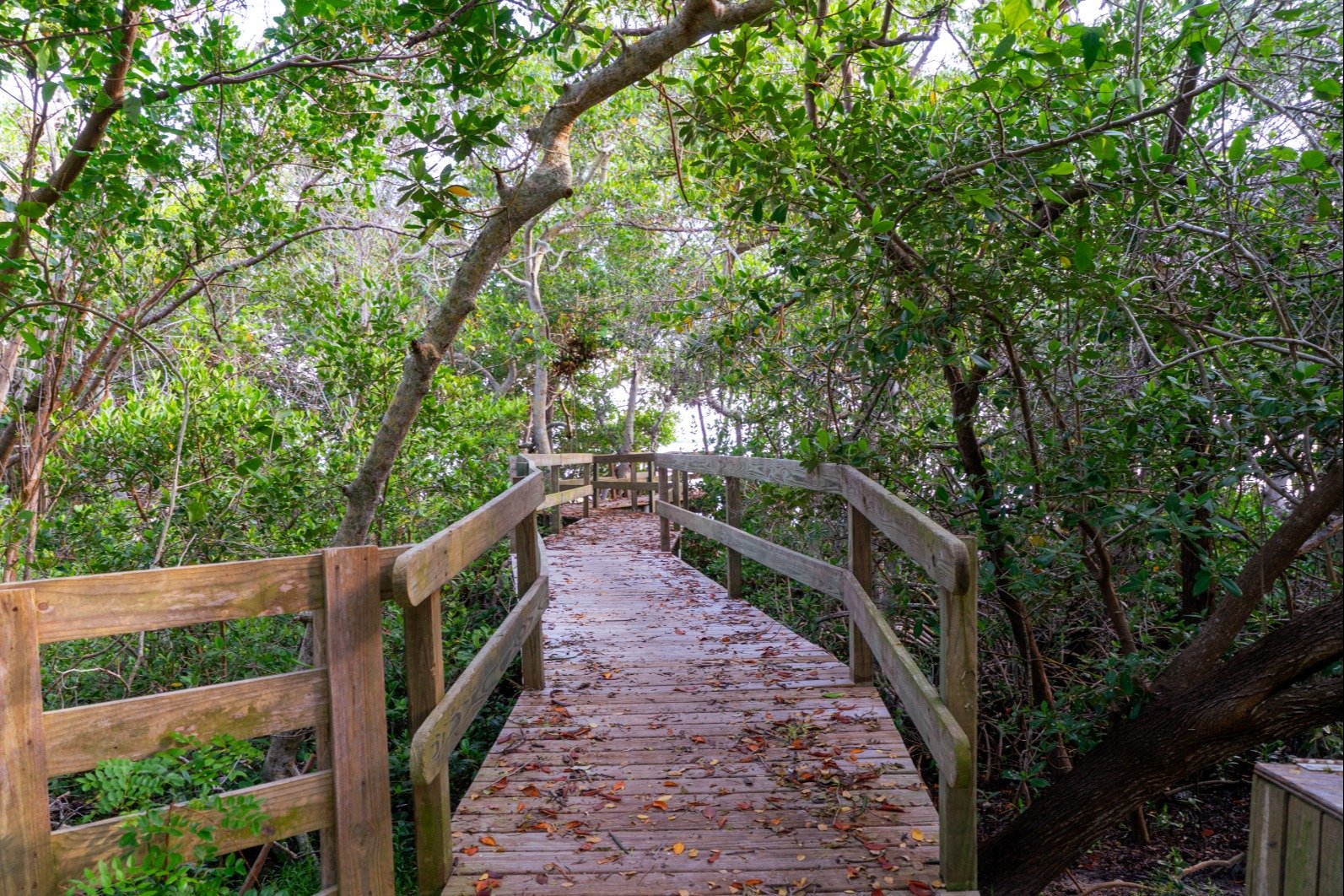
Emerson Point Preserve
Emerson Point Preserve is situated on the West end of Snead island on the North shore of the Manatee river with Terra Ceia Bay to the north.
5801 17th Street West, Palmetto, Florida 34221
Open daily 365 days a year from sunrise to sunset.
Details
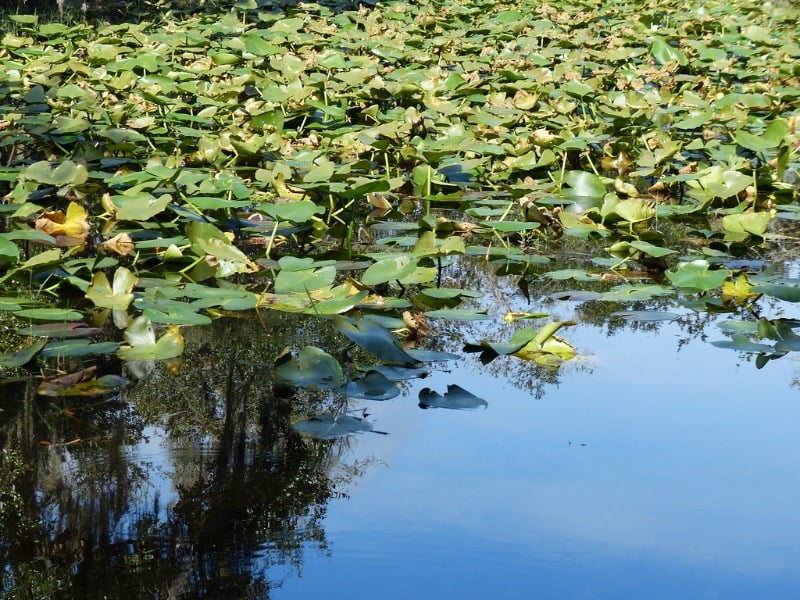
Headwaters at Duette Preserve
The Headwaters is a 2,344-acre preserve located north of State Road 62.
Bradley Rd, Duette, Florida 34219
Open daily 365 days a year from sunrise to sunset.
Details
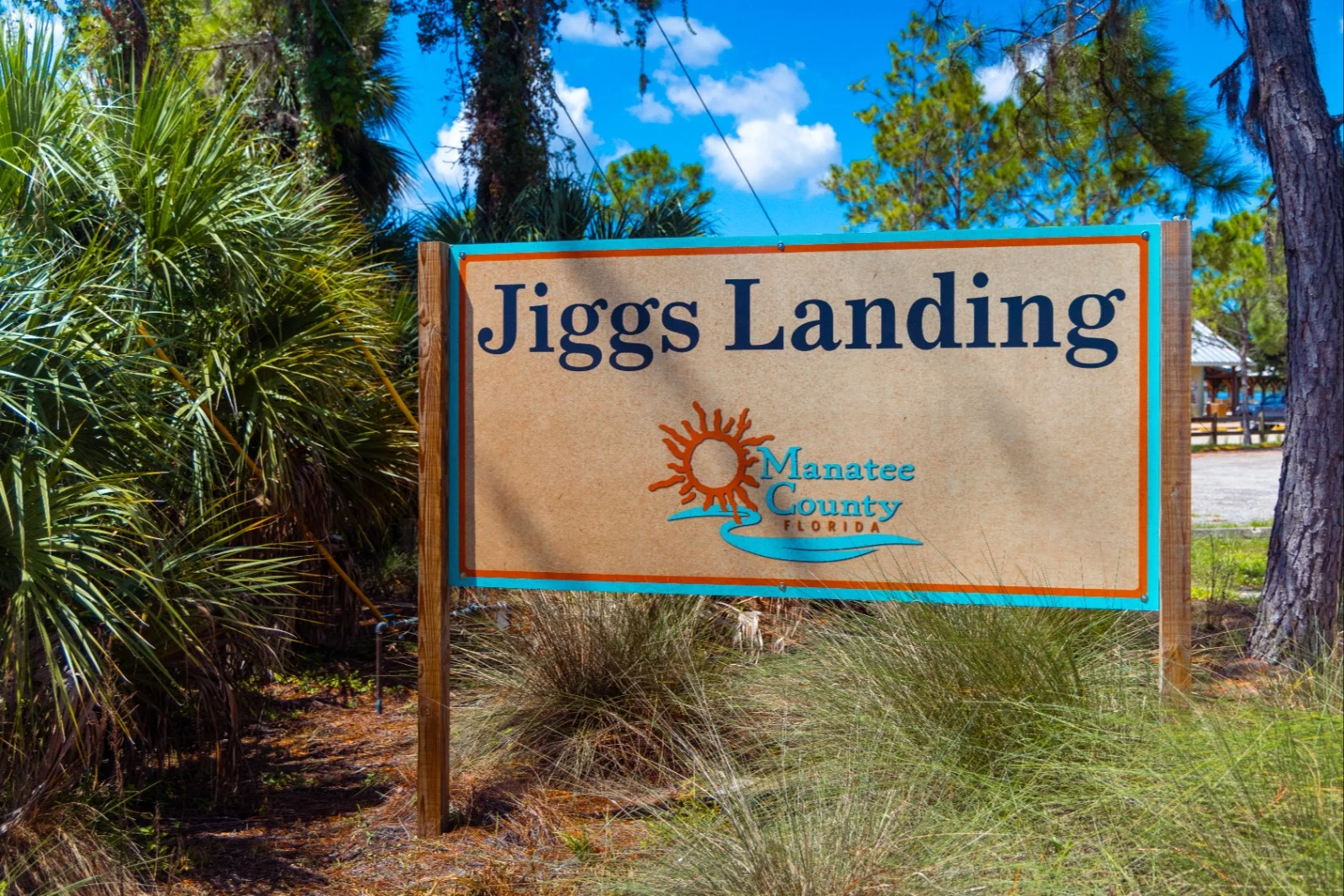
Jiggs Landing Preserve
Jiggs Landing on the Evers Reservoir offers freshwater fishing and canoeing opportunities on the Evers Reservoir and Braden River.
6106 63rd St E, Bradenton, Florida 34203
Preserve open daily 365 days a year from sunrise to sunset.
Concession and bait shop hours are managed by the Jiggs Landing Outpost.
Details
Concession and bait shop hours are managed by the Jiggs Landing Outpost.
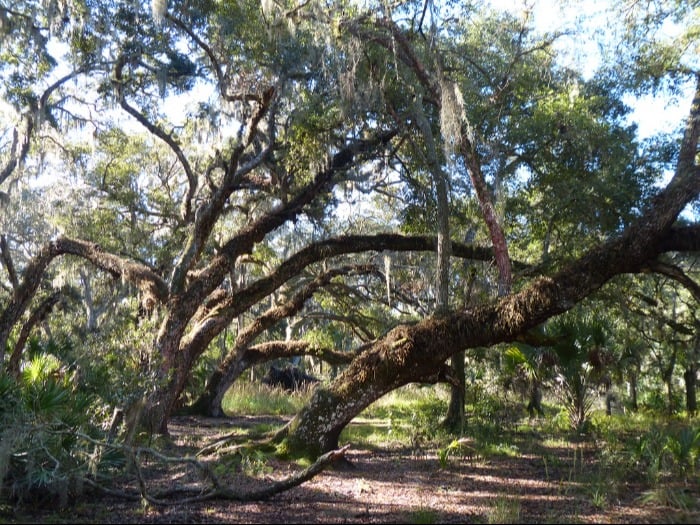
Johnson Preserve
The Floyd C. Johnson and Flo Singer Johnson Preserve at Braden River is home to 44 acres of old Florida.
9906 Clubhouse Dr, Bradenton, Florida 34202
Open daily 365 days a year from sunrise to sunset.
Details
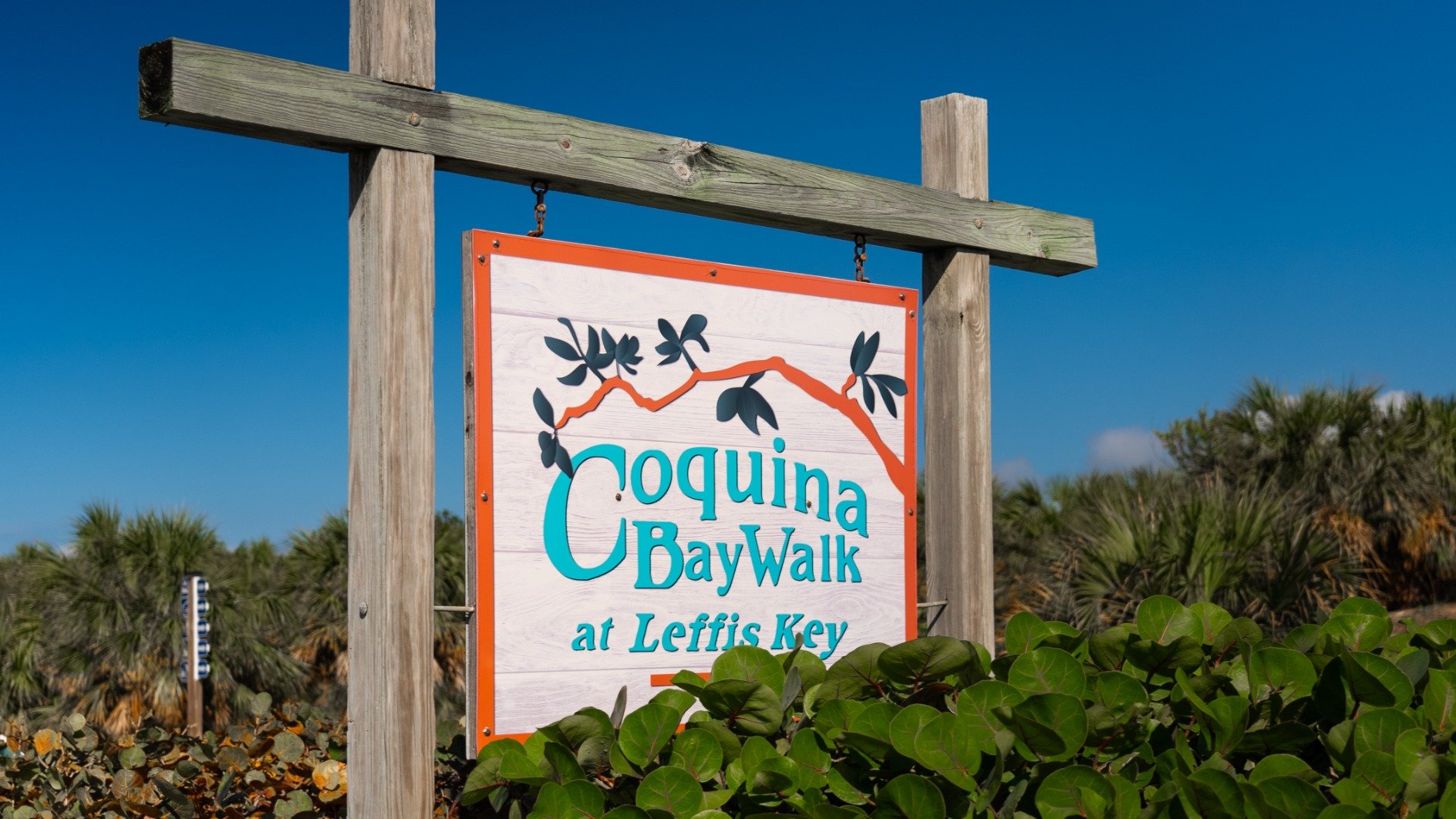
Leffis Key Preserve
Leffis Key, the County's island preserve, has a prominent hill where one can get a panoramic view of beautiful Sarasota Bay.
2351 Gulf Drive South, Anna Maria Island, Florida 34217
Open daily 365 days a year from sunrise to sunset.
Details
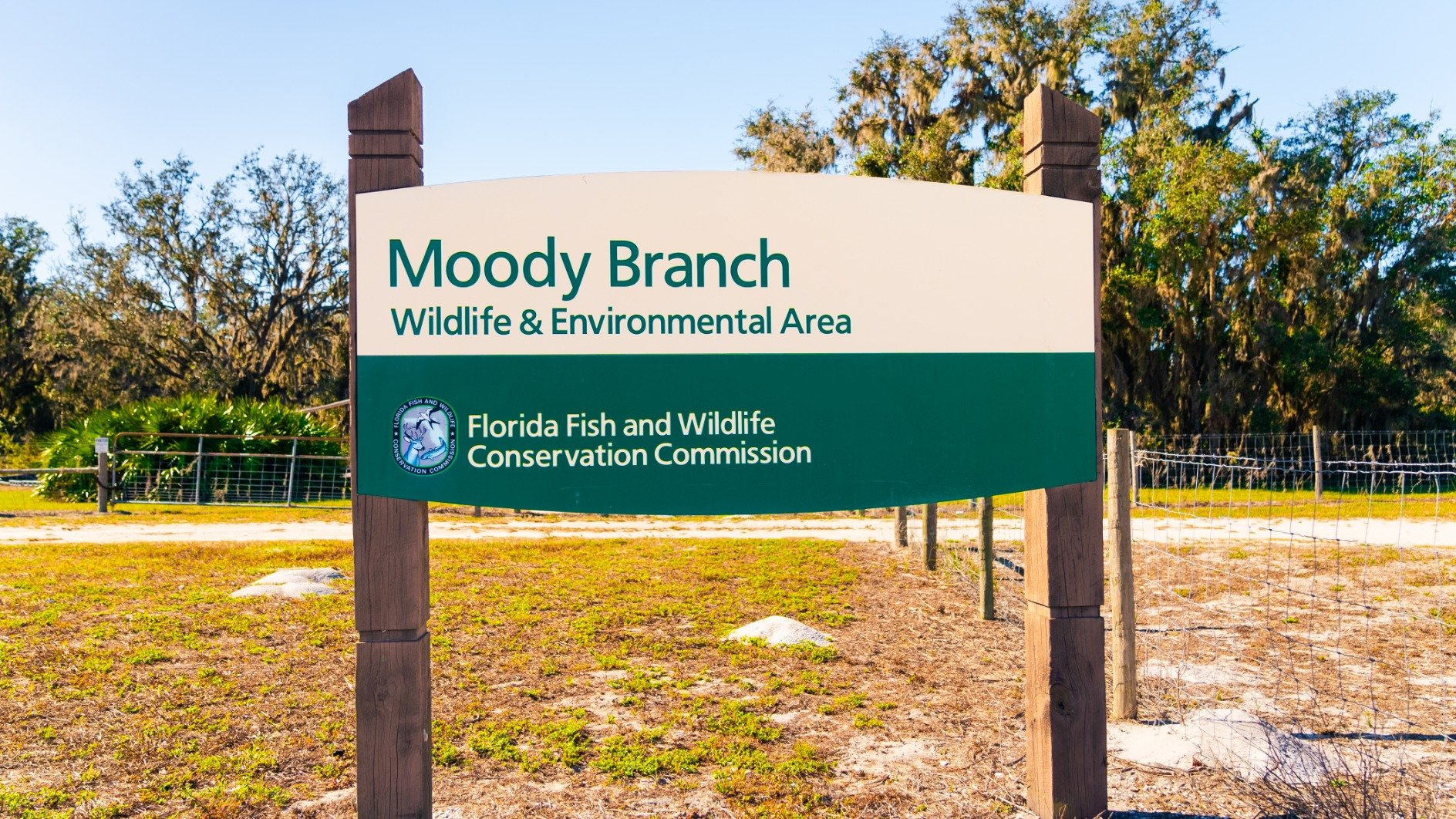
Moody Branch Preserve
Moody Branch, a 960-acre site, was purchased by Manatee County in 2004 through a Florida Forever Program grant.
13805 Taylor Grade Rd, Parrish, Florida 34219
Open daily 365 days a year from sunrise to sunset.
Details
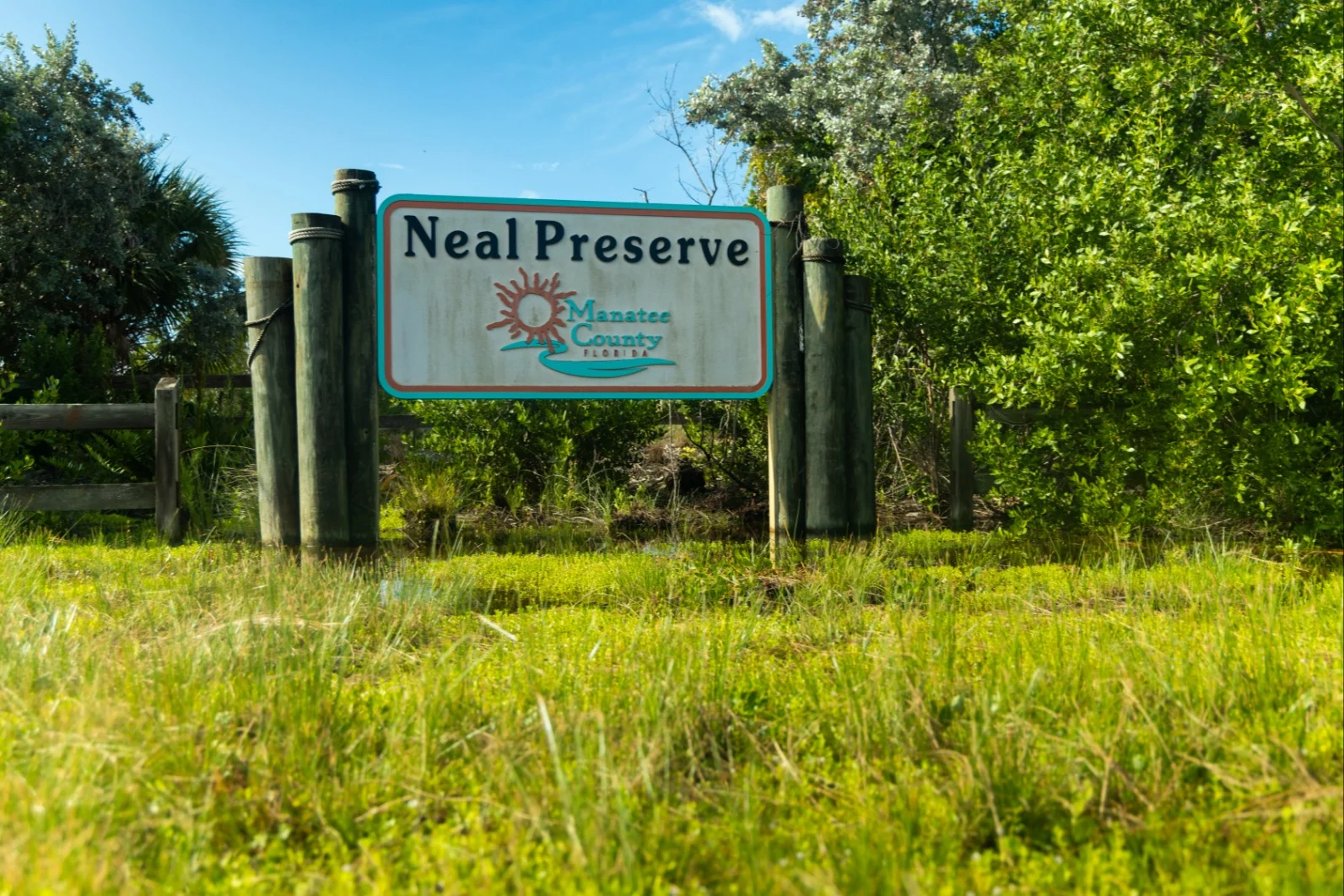
Neal Preserve
Neal Preserve’s 120 acres include both coastal habitats, such as mangrove forests and salt terns, as well as pockets of oak hammock uplands.
12301 Manatee Ave W, Bradenton, Florida 34209
Open daily 365 days a year from sunrise to sunset.
Details
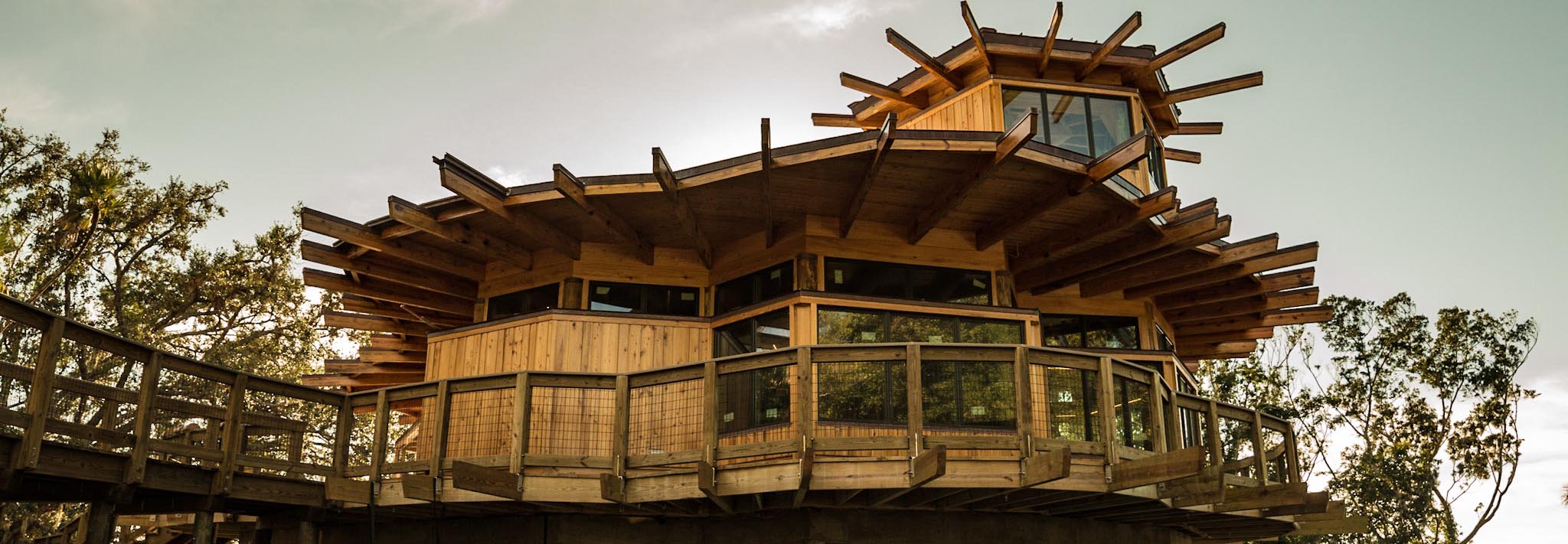
NEST at Robinson Preserve
The beautiful Mosaic Center for Nature, Exploration, Science and Technology or NEST is located at the new Robinson Preserve Expansion.
840 99th St NW, Bradenton, Florida 34209
NEST Open House hours are 9 a.m. to 12 p.m. every Saturday.
Details
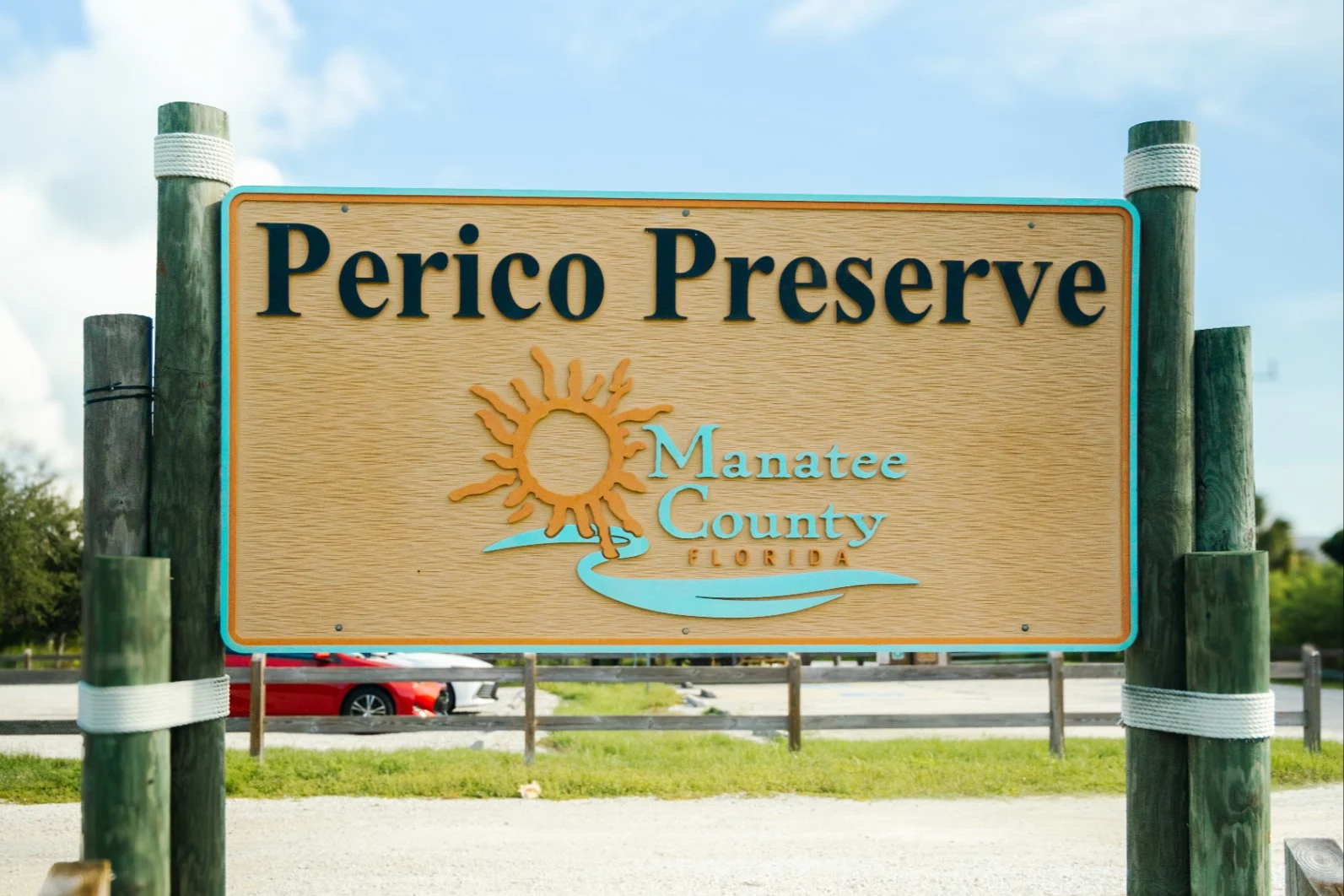
Perico Preserve
Perico Preserve has undergone significant changes from its original acquired state of farmland to the beautiful mix of habitats we see today.
11700 Manatee Ave W, Bradenton, Florida 34209
Open daily 365 days a year from sunrise to sunset.
Details
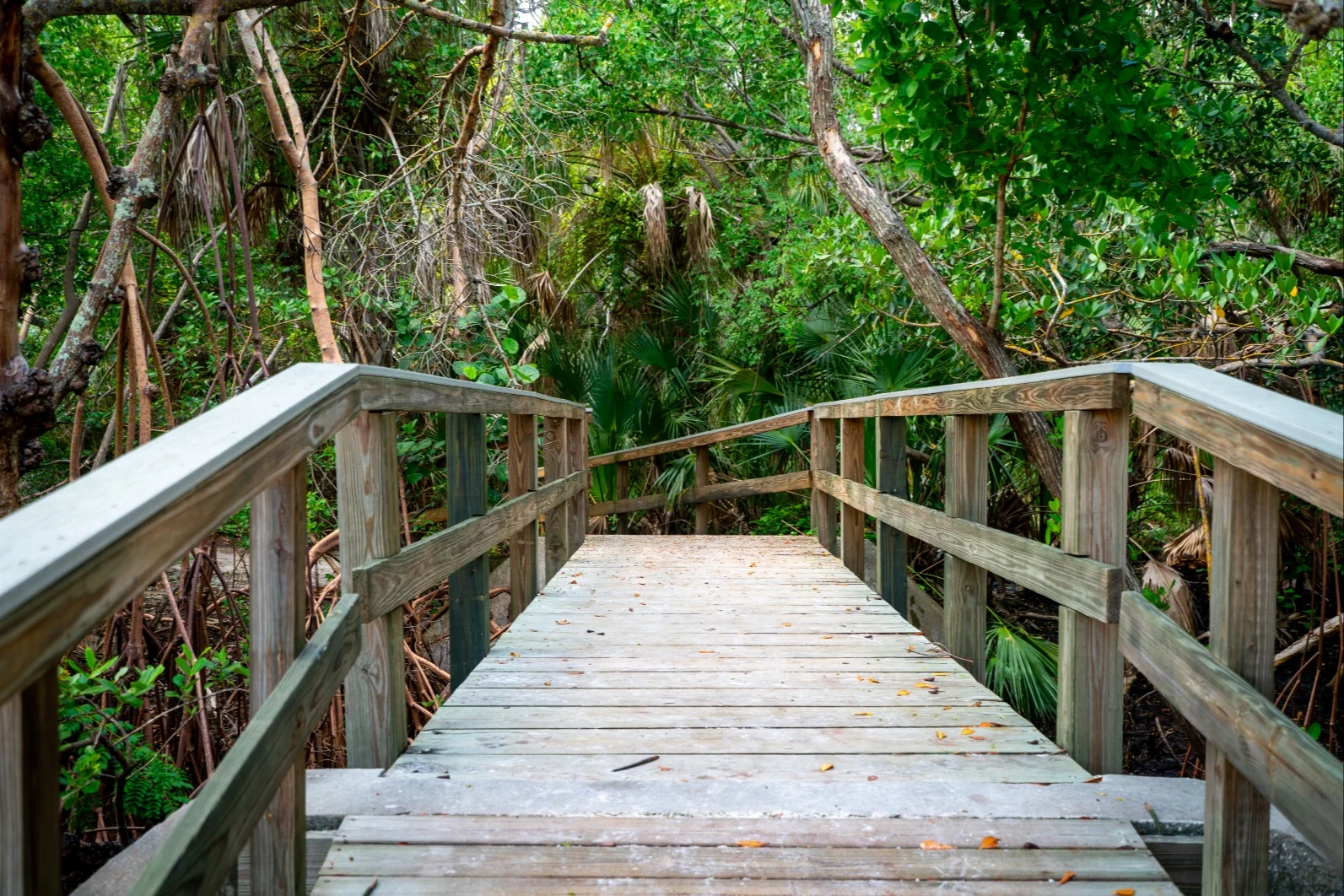
Riverview Pointe Preserve
Riverview Pointe Preserve is an 11-acre site located in northwest Bradenton, Florida.
8250 Desoto Memorial Hwy, Bradenton, Florida 34209
Open daily 365 days a year from sunrise to sunset.
Details

Robinson Preserve
Robinson Preserve is a scenic coastal preserve that spans over 600 acres, offering visitors a blend of natural beauty and recreational activities.
1704 99Th St Nw, Bradenton, Florida 34209
Open daily 365 days a year from sunrise to sunset. Periodic closures for special events and projects may apply
Details
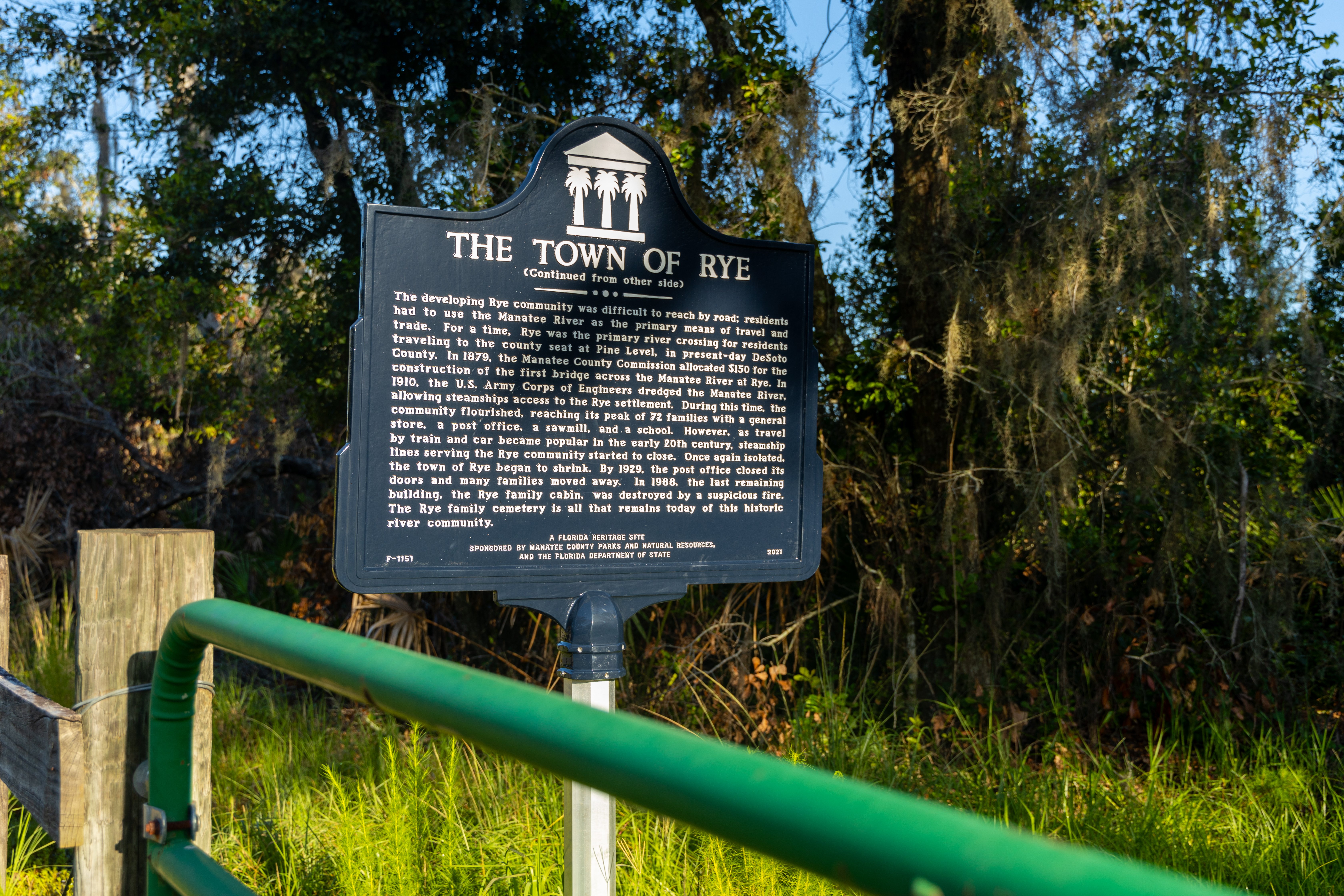
Rye Preserve
Rye Preserve is a 530-acre property located just northwest of the Lake Manatee Dam.
905 Rye Wilderness Trl, Parrish, Florida 34219
Open daily 365 days a year from sunrise to sunset.
The Ranger Station is open for limited hours to check-in campers during the camping season (September through April).
• Fridays and Saturdays, 3-7 p.m. (September through April).
Details
The Ranger Station is open for limited hours to check-in campers during the camping season (September through April).
• Fridays and Saturdays, 3-7 p.m. (September through April).
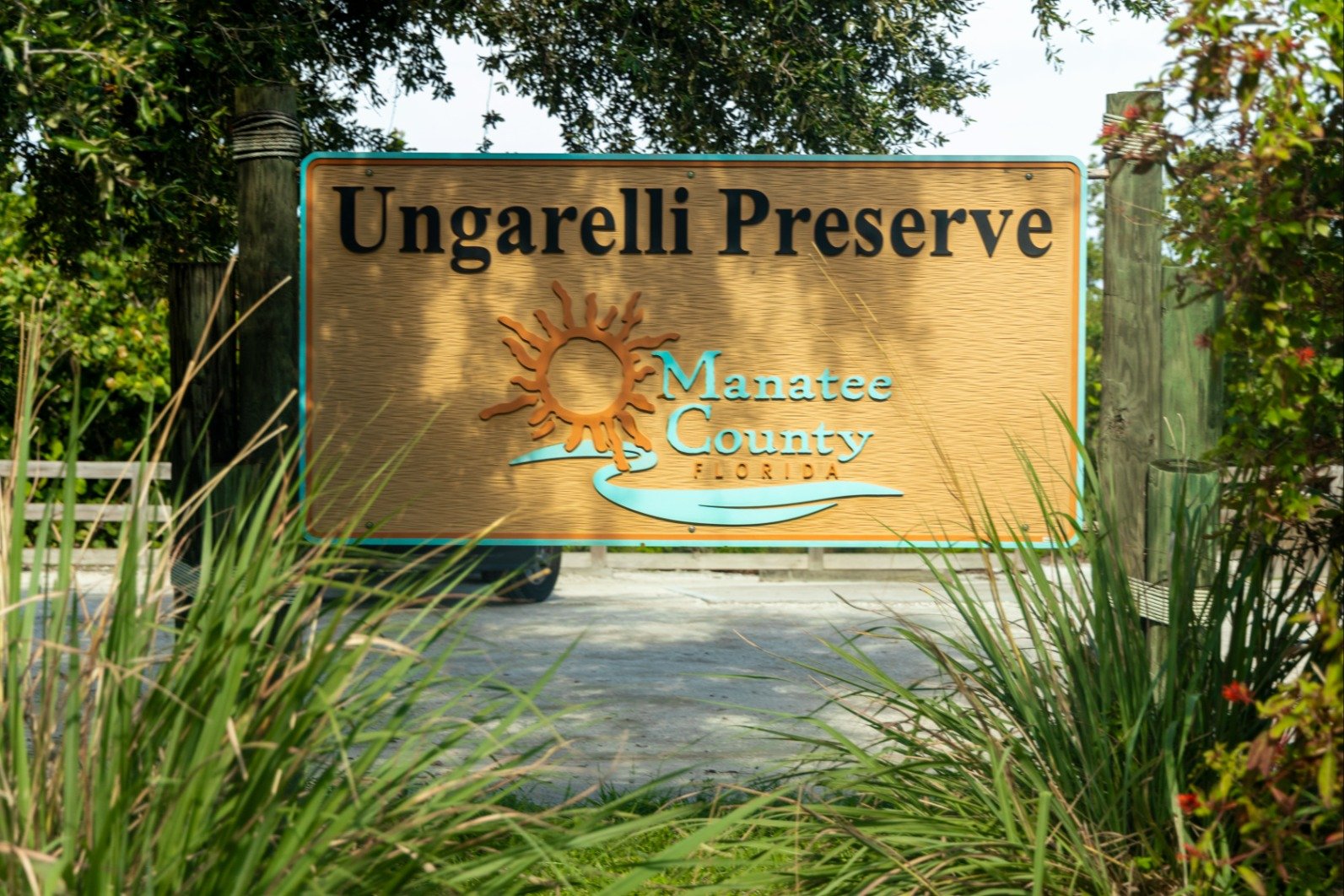
Ungarelli Preserve
4000 Palma Sola Blvd, Bradenton, Florida 34209
Open daily 365 days a year from sunrise to sunset.
Details
